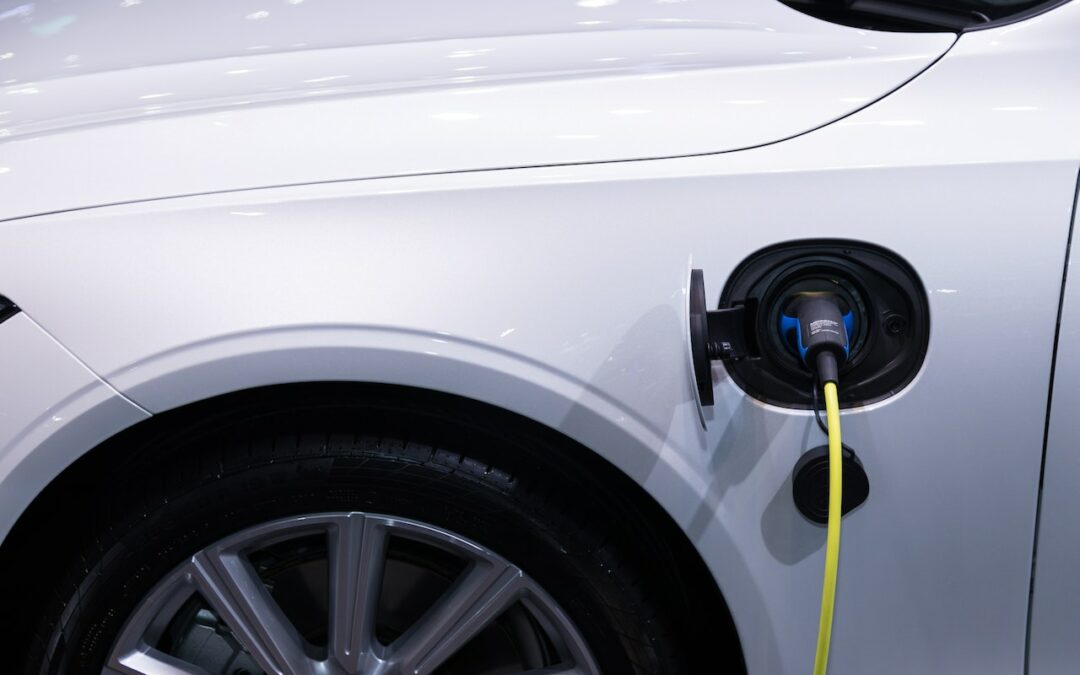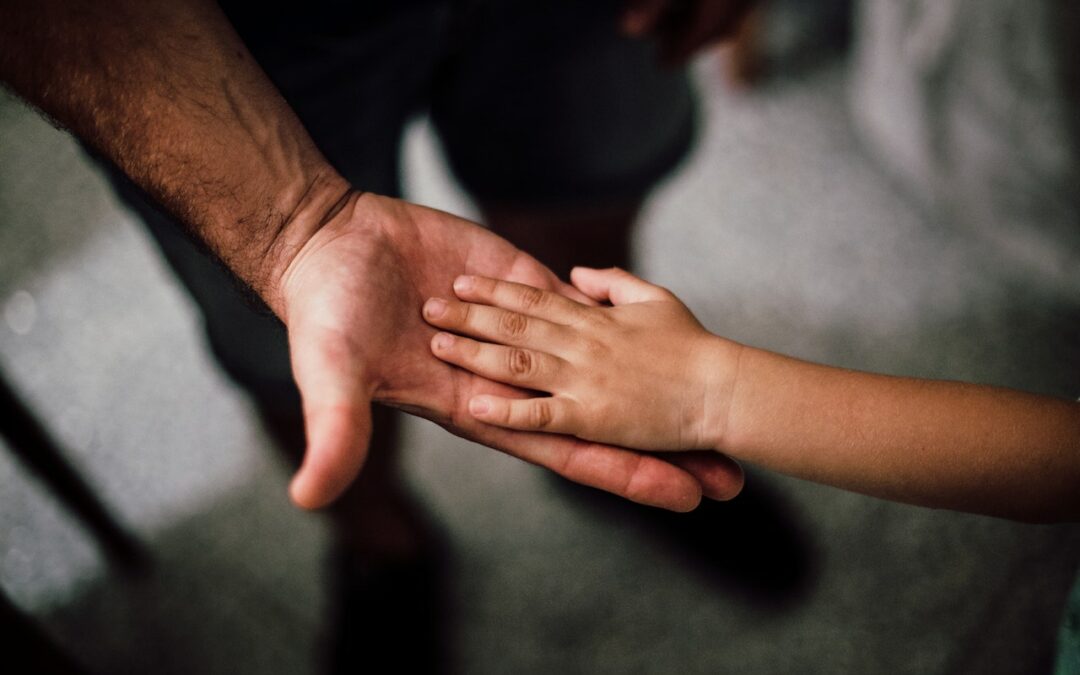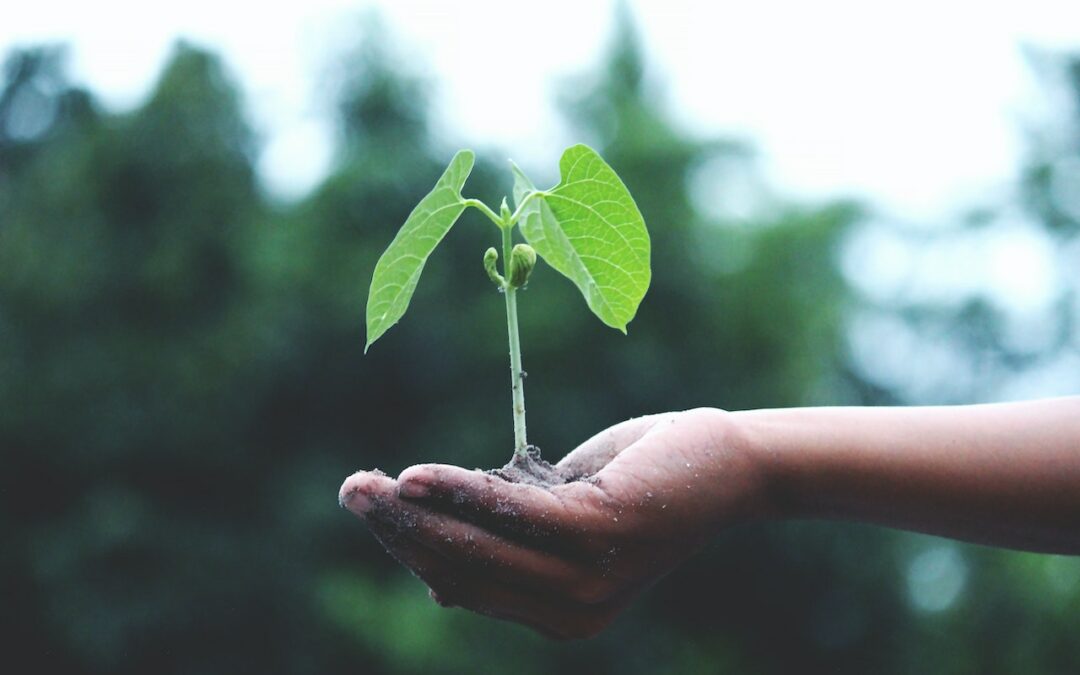
Morgan’s electric future laid bare: British firm plots a truly exhilarating EV
The Morgan CEO tells us that a fully-electric Morgan “will come without compromise”

The Morgan CEO tells us that a fully-electric Morgan “will come without compromise”


Low carbon beef
gabriel.faria
Wed, 07/17/2024 – 15:28
Photographer
Gabriel Faria
Attribution Copyright
Copyright © 2024
Photo Caption
This photo was taken at Embrapa Agrosilvopastoral, in Sinop, MT, Brazil, in May 2024. It shows beef cattle in an experiment of integrated crop-livestock-forestry systems. This research evaluates the carbon balance of the production system, animal performance and helps to promote a more sustainable production system, with lower net emissions of greenhouse gases. It is a form of sustainable intensification of agricultural production.
Photo Location (City/Village)
Sinop/Mato Grosso
Image
Image
Submission Type
2024 Photo Contest
Photo Topic
Agriculture
Food Security
Photo Country
Brazil
Photo Credit
Gabriel Faria/Embrapa Agrossilvipastoril
Contest Winner (USAID)
Off
Contest Honorable Mention (non-USAID)
Off
Teaser Text
This is the biggest experimental field of an integrated crop-livestock-forestry system in the world. Located in Sinop, Mato Grosso, Brazil, within the Amazon biome, it contributes to developing low-carbon production. In the picture, the cattle are enjoying the shade of the trees, reducing the warm sensation during a hot afternoon. Trees capture CO2, compensating for animals’ methane emissions.
Date Taken
2024-05-21
Submitter (Individual Name/Organization)
Gabriel Faria/Embrapa Agrosilvopastoral
What is the connection between the activity or project depicted in the photo and climate change?
Integrated crop-livestock-forestry systems make it possible to produce meat with low carbon emissions, or with net negative emissions. Well-managed trees and pasture offset methane emissions from animals, reducing the carbon footprint of meat. In addition, the trees offer thermal comfort to the animals, making the system more resilient to rising temperatures.
Is this image connected to a USAID project?
No
If no, what organization is the project associated with?
Embrapa Agrosilvopastoral (Brazil)

It’s easy to assume that just because a product—or its packaging—is labelled as biodegradable, it’s a sustainable option. But that’s not always the case, and in fact, it’s an area ripe for greenwashing. Here, we explain the difference between biodegradable and compostable, and how that can help you when you’re shopping. Defining biodegradable and compostable […]
The post Why You Need to Know the Difference Between Compostable and Biodegradable appeared first on Good On You.

Australia’s Battery Stewardship Council (BSC) has begun to consult with industry on its proposal to update the B-cycle Scheme. Launched in 2022, B-cycle is Australia’s first nationwide, government-backed battery stewardship scheme.
The B-cycle Scheme Review is being conducted due to significant market changes and the evolving risk profile of batteries, which call for adaptations to the current Scheme design.
The review will explore the inclusion of new battery categories such as loose batteries under 60 kg, including in portable energy storage; embedded batteries not covered by existing regulated schemes; and vapes (both legal and illegally imported). Emerging markets of battery categories will also be considered, such as installed or high-voltage environments, energy storage (residential and grid) and electric vehicles.
By implementing the changes proposed in the Scheme Review, B-cycle aims to achieve its mission of establishing a circular economy for batteries in Australia.
BSC is inviting representatives from industry, government and organisations to provide written feedback on the B-cycle Scheme Review Consultation Paper. Additionally, in-person consultation events are taking place around Australia during July 2024.
In preparation for the Scheme review and consultation, BSC acknowledged that:
B-cycle has built a solid foundation for improving battery stewardship and for leveraging BSC’s experience and learning since its launch in early 2022;
the current Scheme design is limited in its ability to deliver BSC’s mission to create a circular economy for batteries given the degree of market change and the changing risk profile of batteries;
the current Scheme design does not provide adequate financial arrangements necessary for a range of market and economic changes and trends;
regulation will be needed to ensure full participation in the Scheme and prevent free riding.
Once feedback is received, BSC plans to refine the proposed Scheme design and conduct further consultation as needed. The final approach will be informed by industry feedback and, subject to approval by the BSC Board and the authorisation of the ACCC, B-cycle 2.0 will launch in July 2025.
The deadline for written feedback on the consultation paper is Friday, 2 August 2024. All written feedback can be submitted here. In-person consultation events are as follows:
Tuesday, 23 July, 10 am–3 pm including lunch. Register here.
Thursday, 25 July, 10 am–3 pm including lunch. Register here.
Image credit: iStock.com/Benjamin Robinson